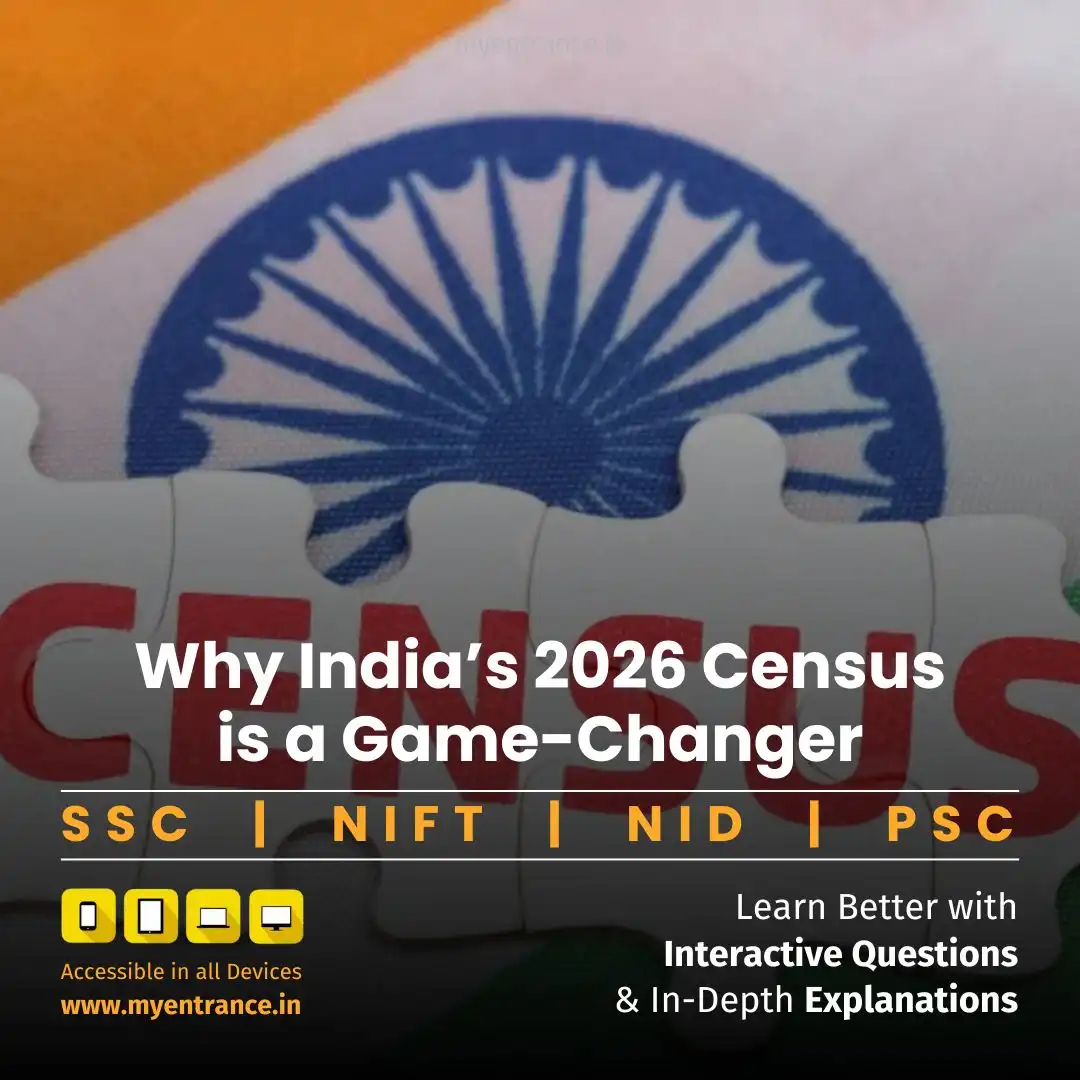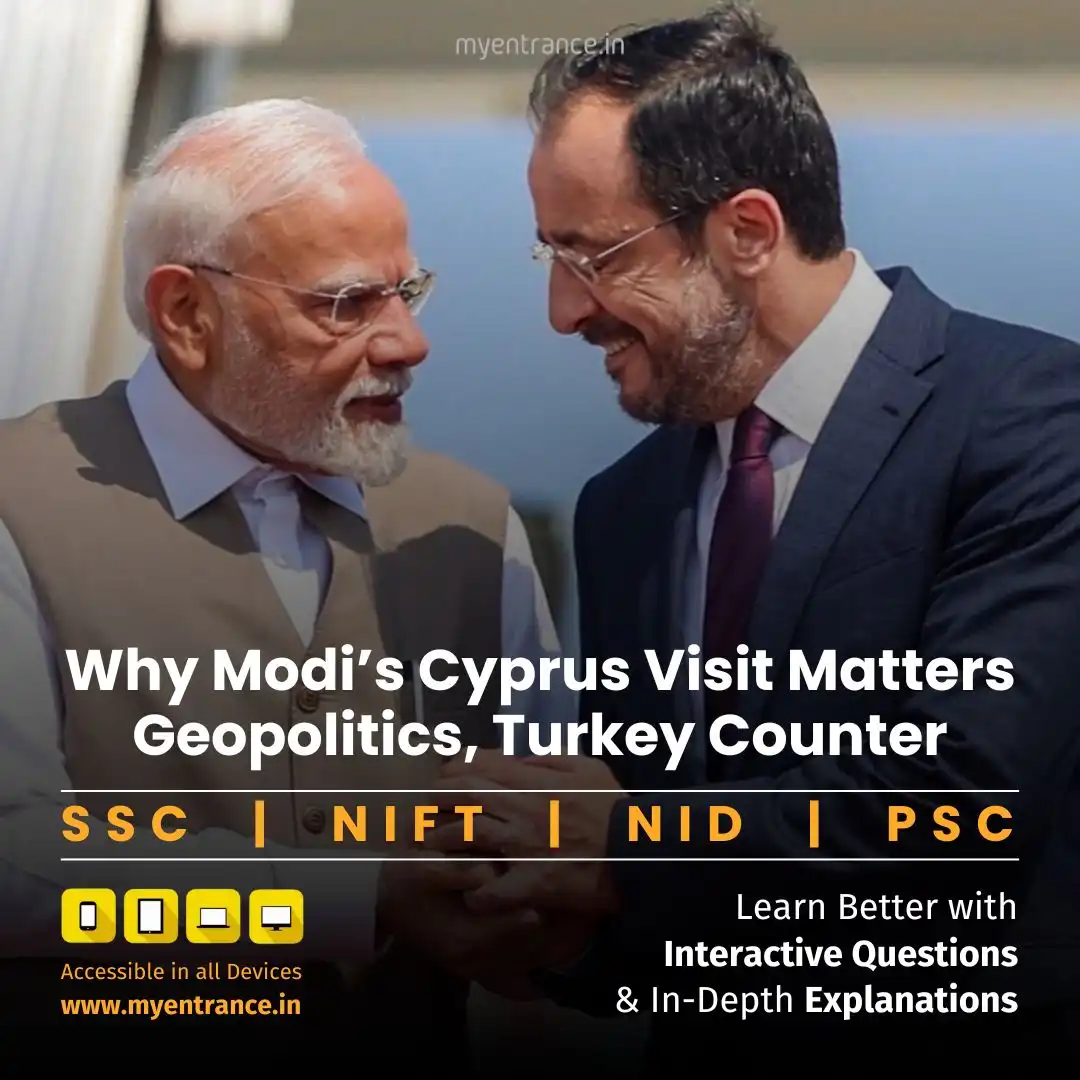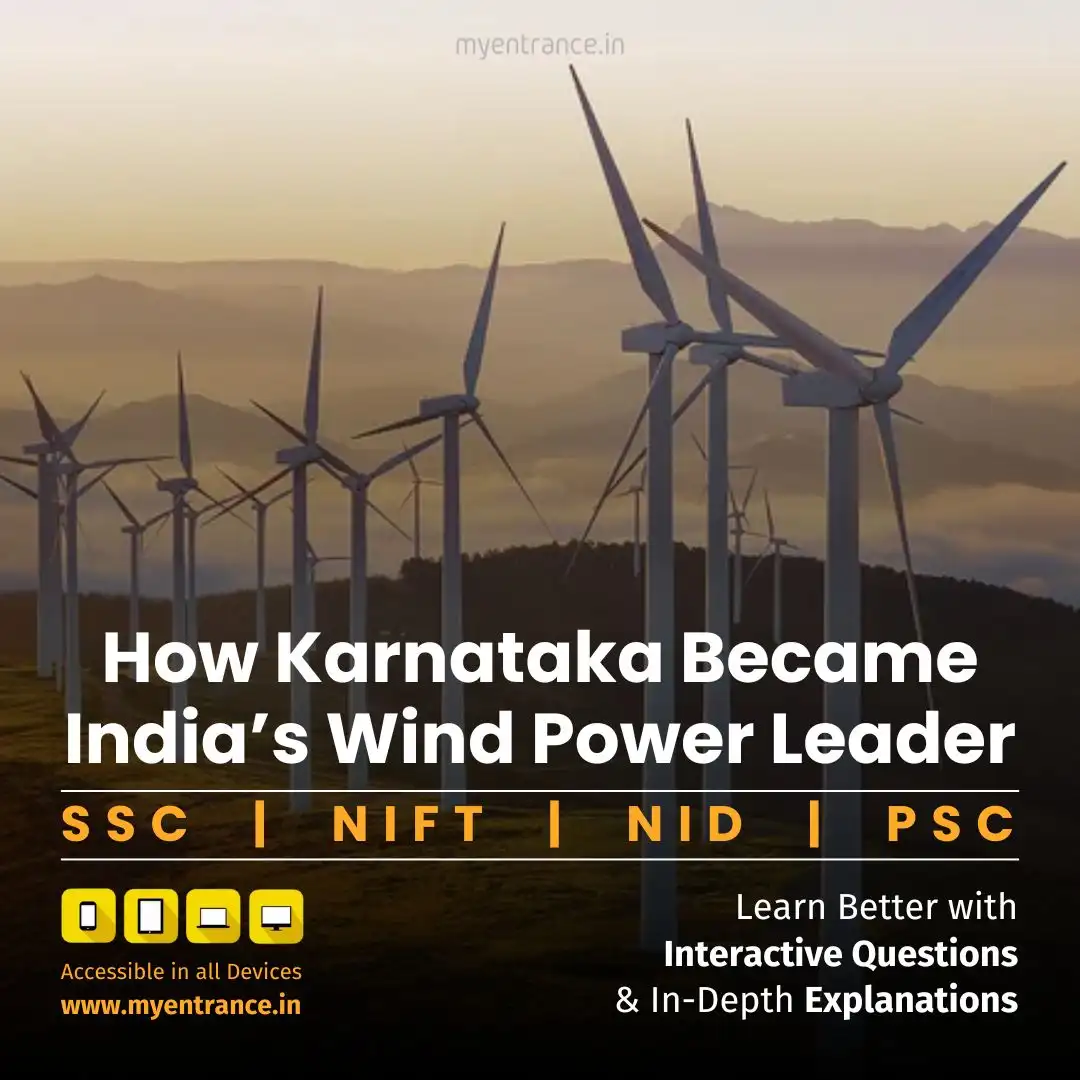Select Language
Chabahar Port and INSTC Explained: Geopolitics, Routes & Exam Relevance
The Israel-Iran conflict escalation threatens India’s key connectivity projects like INSTC and Chabahar Port. With UPSC’s focus on regional geopolitics, understanding these corridors is essential for aspirants.
Why This Matters Now
Recent Israel-Iran clashes have heightened risks to India’s connectivity corridors. The Ministry of External Affairs urges restraint, fearing disruptions to the International North South Transport Corridor (INSTC), Chabahar Port, and the India-Middle East-Europe Economic Corridor (IMEC). These projects are vital for India’s trade, energy security, and regional influence—making them hot topics for UPSC exams.
Key Features of INSTC
What it is: A 7,200-km multimodal network (ship/road/rail) linking Mumbai to Europe via Iran and Russia. Jointly launched by India, Russia, and Iran.
Strategic Advantage:
Cuts freight costs by 30% and transit time to 25 days (vs. 45 days via Suez Canal).
Route: Mumbai → Bandar Abbas (Iran) by sea → Bandar-e-Anzali (road) → Astrakhan (Russia) by ship → European rail networks.
UPSC Focus: Asked in 2024 Prelims; tests grasp of Eurasian trade dynamics.
Chabahar Port: India’s Gateway to Central Asia
Location: Deep-water port in Iran’s Sistan-Baluchistan, just 72 km from Pakistan’s Gwadar.
Why India Backs It:
Bypasses Pakistan, enabling trade with Afghanistan and Central Asia.
Signed a 10-year contract in May 2024 (operated by India’s IPGL).
Historical Context:
Gained strategic importance during the 1980s Iran-Iraq war.
2003 Vajpayee-Khatami pact accelerated development; survived U.S. sanctions via waivers.
The IMEC Wildcard
Announced at 2023 G20, this U.S.-backed corridor rivals China’s Belt and Road.
Two Routes:
East Corridor: India → Arabian Gulf.
North Corridor: Arabian Gulf → Europe (via rail through Israel/Greece).
Signatories: India, UAE, Saudi Arabia, EU, and the U.S.
Challenges Ahead
Geopolitical instability in the Middle East could delay projects.
INSTC’s full potential hinges on integrating Chabahar Port.
IMEC faces uncertainty if Israel-Gulf relations sour.
Sample Q&A for UPSC Prep:
Q: How does INSTC reduce logistics costs compared to the Suez route?
A: It shortens transit time by 20 days and lowers freight expenses by 30%.
Q: Why is Chabahar Port strategically crucial for India?
A: It provides sea-land access to Afghanistan and Central Asia, bypassing Pakistan.
Q: Which Indian entity operates Chabahar Port under the 2024 agreement?
A: Indian Ports Global Limited (IPGL).
Q: Name two corridors proposed under the India-Middle East-Europe Economic Corridor.
A: East Corridor (India-Arabian Gulf) and North Corridor (Arabian Gulf-Europe).
Q: Which article of the Indian Constitution is analogous to INSTC’s goal of boosting interstate cooperation?
A: Article 301 (freedom of trade across India).
Most Predicted Questions
Comprehensive study materials, Expert-guided tips & tricks, Mock tests and instant results.
Start your SSC, NIFT, NID, FDDI, PSC journey today with MyEntrance, your ultimate online coaching platform.







